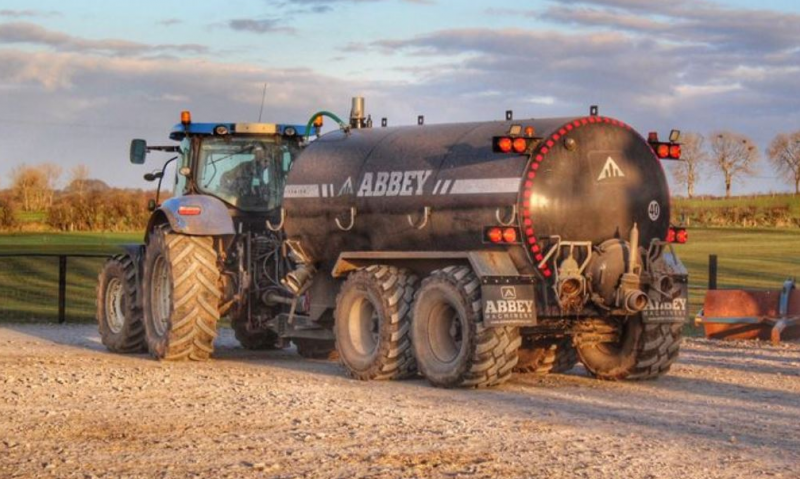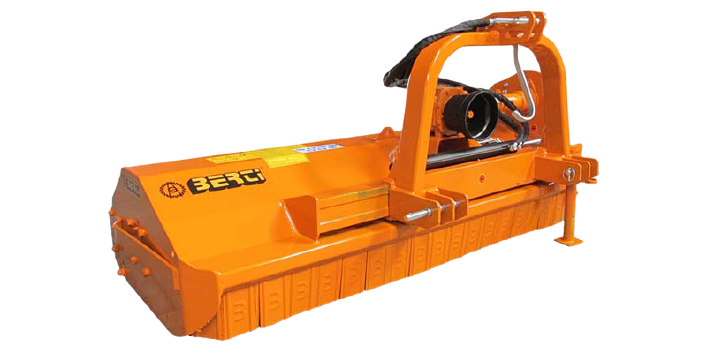When it comes to purchasing a slurry tanker, there are a lot of aspects to consider, and it's easy to get overwhelmed when there are so many models, manufacturers, and accessories to choose from.
If you want to spread effluent nutrients around the land, slurry tankers are ideal. There are a number of considerations to make before deciding on the best make and model for your needs. Different suppliers and retailers offer a variety of Abbey tanks in store that may be ideal for your needs; nevertheless, it's critical to have a thorough understanding of your demands to ensure you have the right piece of equipment. In this blog, we’ll take you through a guide on how to choose the right tank for the task.
The size of the tanker is one of the most crucial factors to consider. In general, the larger the feature, the better; you don't need to be conservative with this feature. So, how do you pick the appropriate size? It is determined by four factors, which are detailed below:
Tractor Size
The tractor's size will decide how much weight may be safely pulled. In general, each HP should be able to handle at least 100L. This is merely a general rule of thumb and factor to think about. Make a list of your requirements and keep reading to learn about other aspects to consider, such as the tanker's braking axles and topography.
Topography
If you reside in mountainous terrain, think about the safety and risk of a rollover first. Because liquids tend to move from side to side on hilly terrain, stability is essential, as are brakes! If gravity is a factor, smaller size is preferable. For flatlands, though, a larger tanker is a safe bet.
Infrastructure
Small farms have narrower races and smaller entrances, which may limit the size of tanker you can choose. However, if you have decent driving abilities and steering axles, this may not be a concern for you, but it is something to consider for seasonal and less experienced drivers. Furthermore, anyone with excellent tractor abilities can simply perform the job and enjoy all of the advantages of owning a slurry tanker. Furthermore, not just entrances and tracks must be considered; the size of your farm equipment, the amount of effluent to be transported, and the amount of storage are all important considerations. The fewer visits you have to make, the better, in terms of both labour and economic efficiency.
Investment
While the cost of the investment is significant, it's more necessary to first identify the size of the tanker you'll need to get the most out of your money. Getting the correct size can save you time and money, whereas getting the wrong size can cost you more in labour and upkeep. More loads equal more time and wear and tear. It's also worth noting that, regardless of size, the operating costs of a slurry tanker are roughly the same.
These are the elements that will assist you in determining the appropriate size and selecting the best slurry tanker for your needs. If you follow these steps, you may be able to avoid future problems.
For more information about abbey machinery, rotary hoes for sale and mowers visit our website now or contact us.


